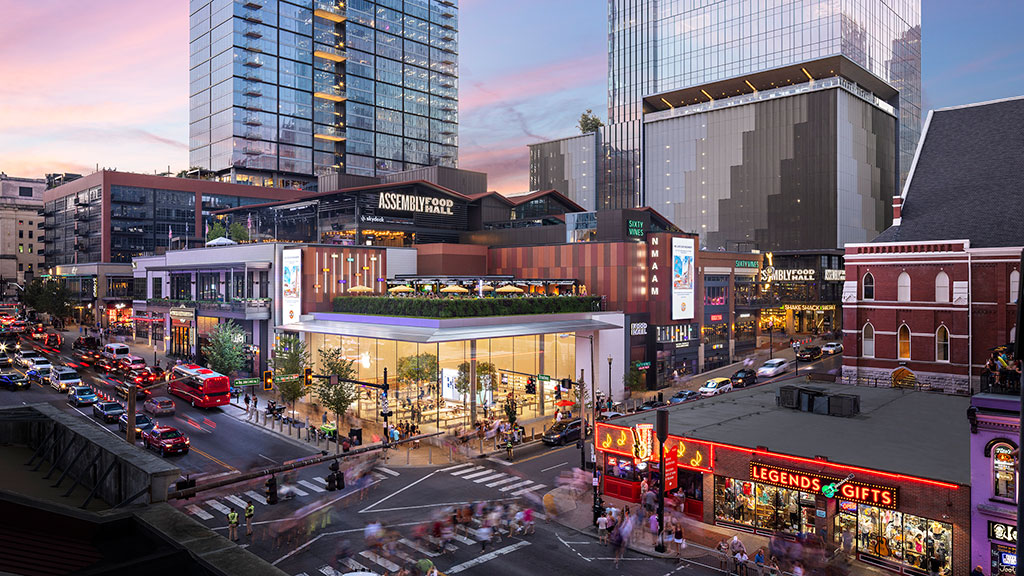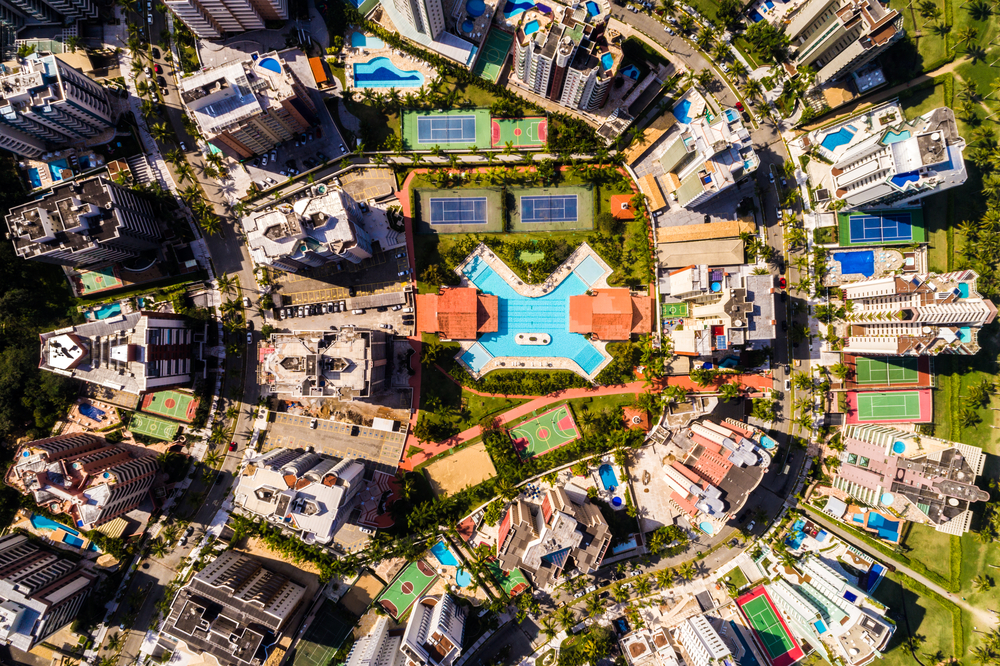Nestled at the crossroads of culture and commerce, Singapore has emerged as one of the world’s most dynamic luxury condo markets, captivating both local and international investors. Since its independence in 1965, the city-state has witnessed a remarkable transformation, evolving from a modest trading post to a global hub renowned for its impressive skyline and affluent lifestyle.
This metamorphosis is not merely a tale of architectural ingenuity; it encompasses economic trends, shifting demographics, and evolving consumer preferences. Luxury condominiums here, with their breathtaking views of Marina Bay and opulent amenities, symbolize not just housing, but a lifestyle choice that reflects a society thriving on aspiration and ambition.
As we delve into the rich history of this market, we uncover the intricate tapestry of influences that have shaped it—the policies that fostered urban development, the artists and architects who redefined architectural elegance, and the shifting tides of global wealth that have made Singapore a definitive luxury destination. Join us on this journey to explore how history, culture, and lifestyle intertwine in the thriving world of Singapore’s luxury condominiums.
Early Developments: The Foundations of Luxury Living

In the early stages of Singapore’s luxury condo market, the seeds of opulence were sown amidst a backdrop of rapid urbanization and economic transformation. The 1970s marked a pivotal shift as developers began to recognize the potential for residential spaces that catered not merely to the elite but also he aspirations of a burgeoning middle class seeking sophistication.
Towering structures, once a rarity, began to punctuate the skyline, each one a testament to architectural innovation and luxury. With features such as sprawling terraces, breathtaking views, and state-of-the-art amenities, these early developments offered a lifestyle previously reserved for a select few.
This foundation paved the way for modern icons of refined living, such as Skye at Holland, where exclusivity and contemporary design converge to define a new benchmark for urban elegance. The allure of exclusivity combined with forward-thinking architecture began to forge a new identity for urban living, transforming the perception of home into something far grander—a lifestyle cultivated in comfort and elegance.
As the market evolved, it undoubtedly laid the groundwork for what would become a vibrant tapestry of luxury living in this island nation.
Economic Growth and the Rise of Luxury Condominiums

The economic resurgence of Singapore in the late 20th century marked a pivotal turning point for the luxury condominium market. As the nation’s GDP soared and foreign investments flowed in, the skyline began to change dramatically, punctuated by sleek towers of glass and steel that promised an urban oasis for the affluent. No longer confined to traditional detached homes, the wealthy embraced the allure of high-rise living, seeking not just residences but lifestyles marked by exclusivity and sophistication.
With demand surging, developers raced to carve out luxurious spaces, offering amenities that rivaled five-star hotels: rooftop pools, concierge services, and private cinemas became the norm. In this vibrant landscape, luxury condominiums emerged as not just homes but symbols of status, reflecting the aspirations of a society at the forefront of globalization and economic dynamism.
Each building told its own story of ambition and achievement, a testament to Singapore\’s evolution into a global playground for the rich.
The Impact of Government Policies on Luxury Real Estate

Government policies have played a pivotal role in shaping Singapore’s luxury real estate market, acting as both a catalyst and a constraint. Over the years, initiatives such as the Additional Buyer’s Stamp Duty (ABSD) have introduced significant barriers for foreign investors, momentarily cooling the frenzied pace of condo acquisitions. Conversely, policies aimed at promoting urban development, like the Outline Plan and the Urban Redevelopment Authority’s guidelines, have fostered a vibrant landscape where luxury developments can flourish.
The delicate balance these regulations strike—encouraging sustainable growth while ensuring housing remains accessible—has not only influenced market trends but also sculpted public perception of luxury living in the city-state. As a result, the decisions made by policymakers continue to reverberate through the high-end property scene, impacting both investment strategies and individual aspirations within the ever-evolving narrative of Singapore’s luxury condo market.
Conclusion
In conclusion, the evolution of Singapore’s luxury condo market reflects the city’s rapid development and adaptability in the face of changing economic landscapes and consumer preferences. From its early days defined by colonial architecture to the modern skyline adorned with innovative designs, the luxury real estate sector has continually attracted both local and international investors.
Developments like Skye at Holland exemplify the blend of opulence and lifestyle that characterizes today’s market, appealing to those who seek not just a residence but a vibrant community experience. As Singapore continues to position itself as a global city, the luxury condo market is likely to expand further, promising exciting opportunities for both developers and buyers alike.




